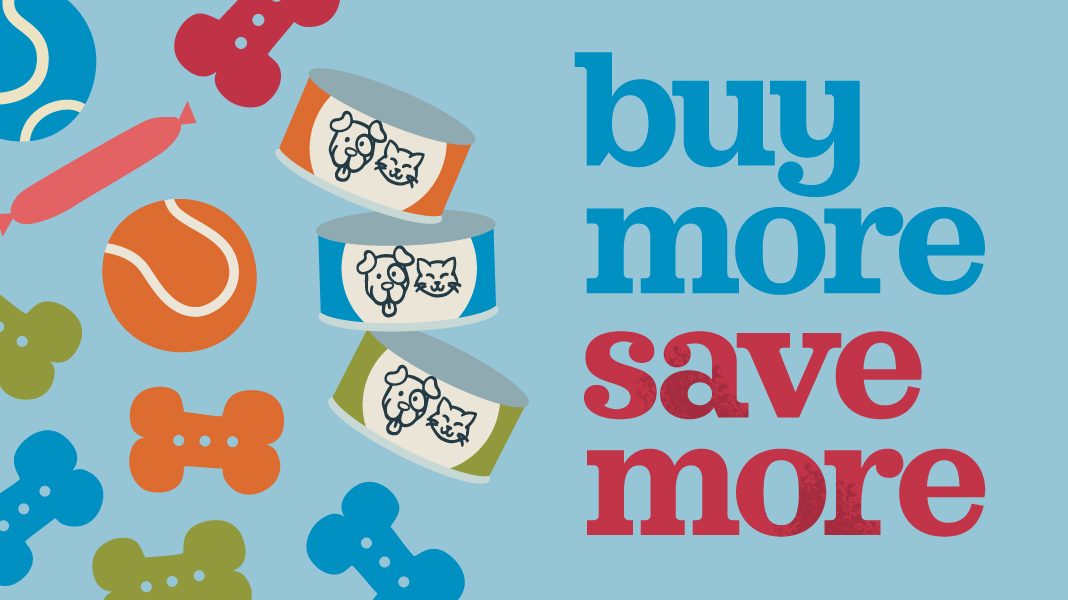Spotting Depression in Dogs: Symptoms and Solutions
Posted by Feeders Pet Supply on Oct 2nd 2024
Dogs, much like humans, can experience depression. While it might not look exactly the same as it does in people, recognizing the signs of depression in your canine companion is crucial for ensuring they receive the support and care they need. Understanding these symptoms and knowing how to address them can make a significant difference in your dog’s quality of life. Here’s a detailed guide to help you identify and manage depression in dogs.
Recognizing Symptoms of Depression in Dogs
- Loss of Interest in Activities: One of the most noticeable signs of depression is a sudden or gradual loss of interest in activities your dog once enjoyed. This could include playing with toys, going for walks, or interacting with family members.
- Changes in Appetite: Depression can lead to changes in eating habits. Your dog might eat significantly less or more than usual, leading to noticeable weight loss or gain.
- Excessive Sleeping: While dogs do sleep a lot, a depressed dog might sleep excessively. If you notice that your dog is sleeping more than usual and seems lethargic when awake, it could be a sign of depression.
- Withdrawn Behavior: Dogs experiencing depression may become withdrawn and less social. They might avoid interactions with family members, retreat to a quiet corner, or show a lack of enthusiasm when approached.
- Changes in Grooming: A depressed dog might neglect their grooming habits, leading to a disheveled or unkempt appearance. Conversely, they might over-groom, leading to skin issues or bald spots.
- Increased Irritability or Aggression: Depression can sometimes lead to changes in behavior, including increased irritability or aggression. Your dog may become easily startled or react aggressively to situations that previously didn’t bother them.
- Physical Symptoms: In some cases, depression can manifest as physical symptoms such as gastrointestinal issues (vomiting or diarrhea), changes in bathroom habits, or unexplained physical ailments.
- Reduced Playfulness: If your normally playful dog is suddenly less energetic and less interested in playtime, it could be a sign of depression.
- Excessive Vocalization: Some dogs may vocalize more than usual, such as whining or whimpering, as a way of expressing their emotional distress.
Understanding the Causes of Dog Depression
Several factors can contribute to depression in dogs. These may include:
- Loss of a Companion: The death of a fellow pet or a close family member can deeply affect a dog.
- Change in Environment: Moving to a new home, a change in family dynamics, or even renovations can cause stress and lead to depression.
- Lack of Stimulation: Insufficient physical and mental stimulation can contribute to feelings of boredom and sadness.
- Health Issues: Chronic pain or illness can affect a dog’s mood and behavior.
- Trauma: Past traumas or abuse can lead to long-term emotional issues, including depression.
Solutions and Treatment Options
- Create a Routine: Establishing a consistent daily routine can provide a sense of stability and security for your dog. Regular feeding times, exercise, and playtime can help improve their mood.
- Increase Interaction: Spend quality time with your dog through play, training, and affection. Engaging them in activities they enjoy can help lift their spirits.
- Provide Mental and Physical Stimulation: Introduce new toys, puzzles, and activities to keep your dog’s mind and body engaged. Regular exercise is also crucial for improving mood and overall well-being.
- Monitor and Adjust Diet: Ensure your dog is receiving a balanced diet. Sometimes dietary changes can help improve mood and energy levels. Consult your veterinarian for advice on nutritional adjustments.
- Consult a Veterinarian: If you suspect your dog is depressed, it’s important to consult a veterinarian. They can help rule out any underlying medical conditions and offer guidance on treatment options. In some cases, a referral to a veterinary behaviorist may be necessary.
- Professional Help: Behavioral therapy or working with a dog trainer can be beneficial, especially if the depression is linked to behavioral issues or trauma.
- Consider Medication: In some cases, medication might be necessary to help manage severe depression. Your veterinarian can provide recommendations and prescribe appropriate treatments if needed.
Conclusion
Recognizing and addressing depression in dogs is essential for their overall well-being. By being attentive to the symptoms and taking proactive steps to support your furry friend, you can help them recover their happiness and zest for life. Patience, understanding, and a loving approach are key in helping your dog navigate their emotional challenges. With the right care and support, your canine companion can overcome depression and enjoy a more fulfilling and joyful life.






